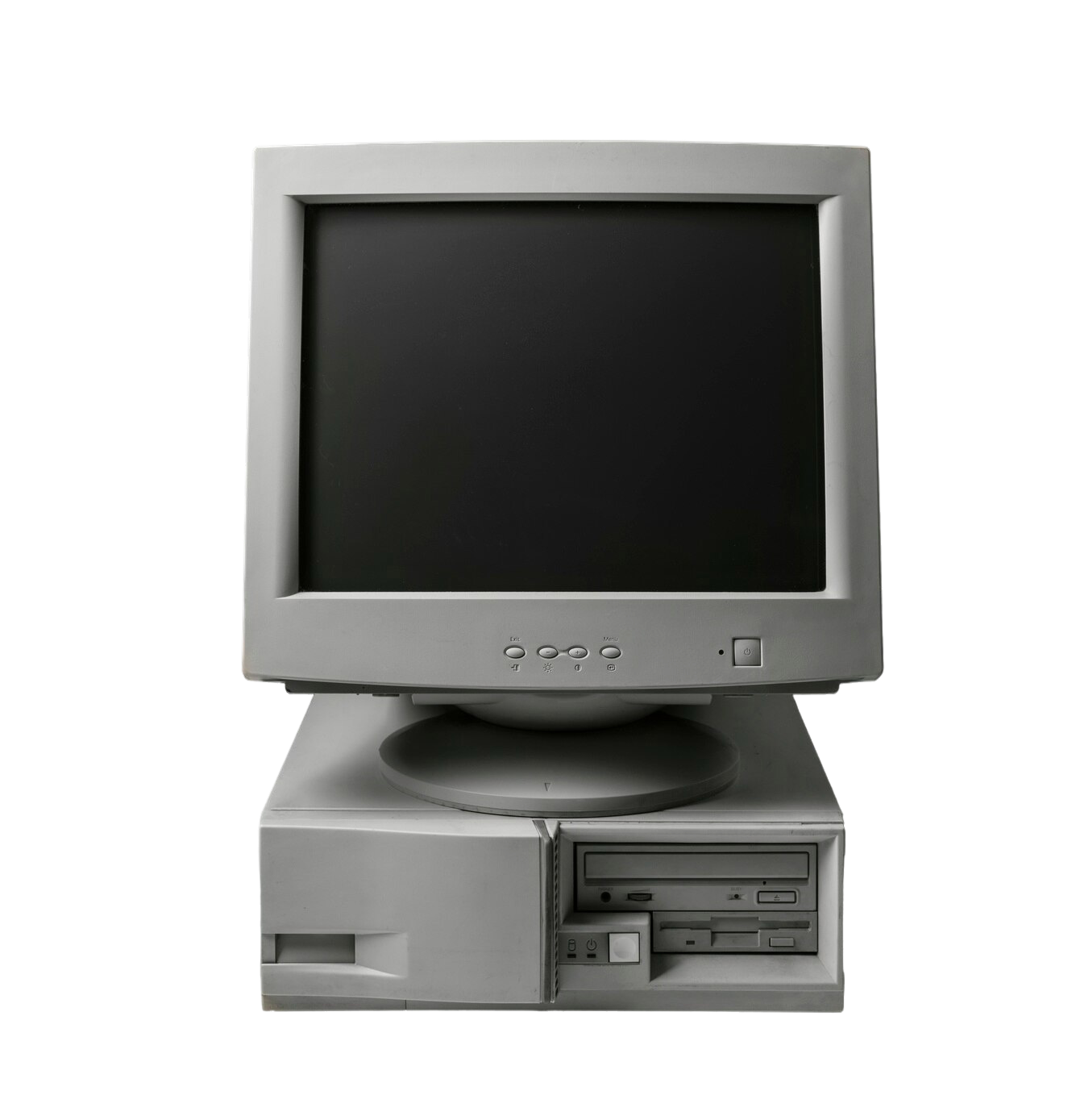
Want to try it?
Start with the trial period and get acquainted with all the functionality within 14 days
Get Started For Free →An end-to-end solution to manage your orders, inventory, shipments and more
No Credit Card Required. 30-Day Money Back Guarantee
More orders, less routine work, and steady revenue growth.
+35%
Average revenue growth after 6 months of use
Save time and focus on growing your business.
40+
Hours of time saved on order processing
More orders, less routine work, and steady revenue growth.
+50%
Order growth in first 3 months
Our proprietary software has helped hundreds of brands increase operational efficiency

.png)
.png)
.png)
.png)
.png)
.png)

.png)
.png)
.png)
.png)
.png)
.png)

.png)
.png)
.png)
.png)
.png)
.png)
Streamline your eCommerce operations with powerful tools for order management, inventory tracking, customer engagement, and seamless integrations—all in one platform.
Explore all the features →OrderCircle integrates with all the apps and tools you use every day. You will never miss a tool you love. Seamless integrations for eCommerce platforms, shipping, payments, accounting, invoicing, and many more.
No Credit Card Required. 30-Day Money Back Guarantee
Easily integrate with accounting, shipping, and eCommerce platforms like QuickBooks.
Sync data across all your apps to reduce manual work, eliminate errors, and streamline.


Enterprise solution tailor-made for your needs. Boost your business growth with custom features, custom integrations, and high priority support.
No Credit Card Required. 30-Day Money Back Guarantee
OrderCircle simplifies wholesale management with powerful tools for order processing, inventory tracking, and customer engagement.
Enable customers to place orders instantly with a smooth, hassle-free experience.
Monitor inventory, orders, and shipments with up-to-the-minute updates and insights.
Connect with accounting, shipping, and eCommerce tools for a unified workflow.
Optimize operations, reduce errors, and streamline processes to grow your business faster.
Our proprietary software has helped hundreds of brands increase operational efficiency
10+
Industries are covered by our solution. It helps to simplify tasks and find quick solutions
50+
Web applications and solutions. It helps to simplify tasks and find quick solutions
No Credit Card Required. 30-Day Money Back Guarantee
200+
Satisfied customers who have been using our solutions on a daily basis for over 7 years
100+
About Us →Global Transactions. Satisfied customers who have been using our solutions on a daily basis for over 7 years
OrderCircle integrates with all the apps and tools you use every day. You will never miss a tool you love. Seamless integrations for eCommerce platforms, shipping, payments, accounting, invoicing, and many more.
No Credit Card Required. 30-Day Money Back Guarantee
OrderCircle integrates with all the apps and tools you use every day. You will never miss a tool you love. Seamless integrations for eCommerce platforms, shipping, payments, accounting, invoicing, and many more.
No Credit Card Required. 30-Day Money Back Guarantee
OrderCircle customers sharing their love. Our proprietary software has helped hundreds of brands increase operational efficiency